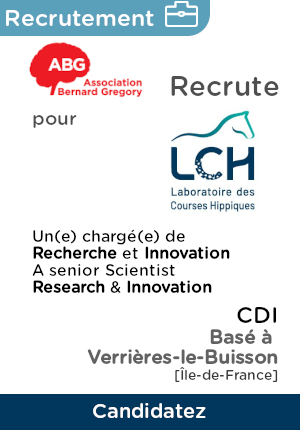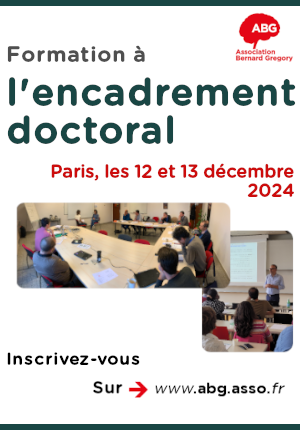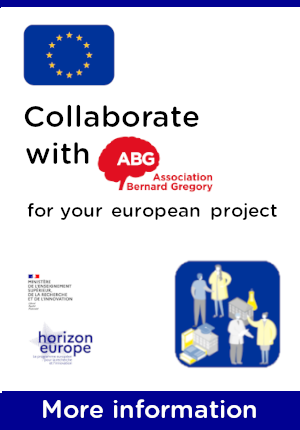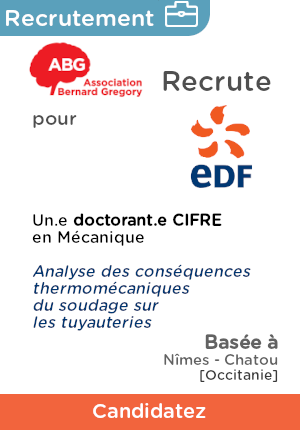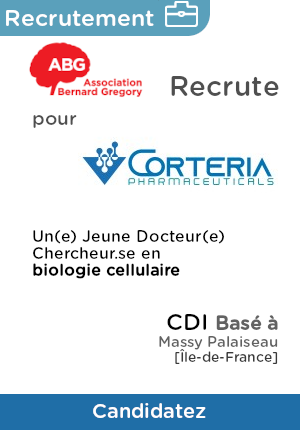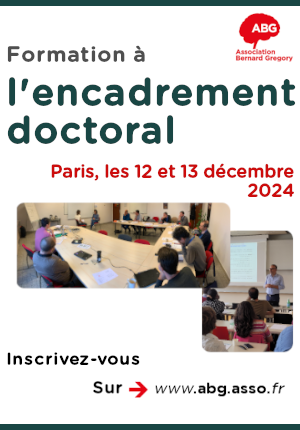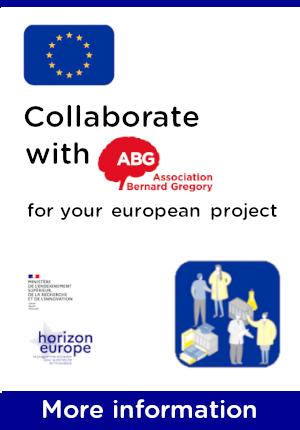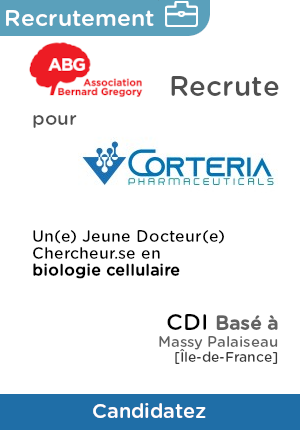Sustainable catalysis enabled by first-row complexes displaying enzyme-inspired features (SUSCATYME)
| ABG-125258 | Thesis topic | |
| 2024-07-23 | Other public funding |
- Chemistry
Topic description
The SUSCATYME project aims to develop sustainable approaches in catalysis by merging two largely unexplored concepts. Original supramolecular ligands will be prepared that include a catalytically active site formed by a first-row transition metal complex derived from Fe, Ni, Co, or Cu, while a substrate recognition site will be placed at a precise distance to reach a given selectivity in the substrate. The substrate recognition site, made from a zinc porphyrin, will enable the dynamic interaction of challenging nitrogenous substrates, ensuring enzyme-like characteristics such as increased substrate molarity around the active site and precise pre-organization of the substrate to achieve specific regio- and chemo-selectivities.[1] Consequently, this enzyme-inspired approach is expected to enhance both the activity and selectivity of first-row transition metal complexes, which are generally deactivated in the presence of nitrogenous substrates. The nitrogen-containing compounds that could be functionalized by this approach are key constituents for the pharmaceutical industry and also pertain to material science with dedicated properties. The use of very inexpensive, abundant, biologically compatible, and cheap metals represents a significant advancement in a context that aims to avoid the use of noble, scarce, and toxic metals such as palladium or rhodium. The coordination of such metals will be achieved through the use of polyazamacrocyclic ligands (such as cyclam and cyclen), whose properties can be easily tuned by the selection of appropriate coordinating side arms and/or scaffold modifications.[2] Such ligands have been extensively used in the last decades in the medical field as chelators for metallic cations relevant to medical imaging (MRI, PET… ) or radiotherapy, but their use in catalytic applications remain scarce.
[1] R. Gramage Doria et al., Angew. Chem. Int. Ed. 2021, 60, 18006-18013; ACS Catal. 2023, 13, 7715–7729; Chem. Sci. 2024, in press, DOI : 10.1039/D4SC01515K.
[2] T. Troadec et al., Chem. Sci., 2024, in press; Inorg. Chem. 2023, 62(21), 8112–8122; Org. Biomol. Chem., 2024,22, 3059-3067
Starting date
Funding category
Funding further details
Presentation of host institution and host laboratory
https://gramagedoria-lab.com/
https://www.univ-brest.fr/cosm/fr/page/macrocycle-azotes-et-coordination
PhD title
Country where you obtained your PhD
Institution awarding doctoral degree
Graduate school
Double degree
YesCountry where the PhD was obtained in cotutelle
Establishment awarding the doctorate in cotutelle
Candidate's profile
The candidate must hold a Masters degree (or equivalent) and have experience in Synthesis and molecular chemistry. Additional skills in coordination chemistry and/or catalysis are strongly appreciated.
Vous avez déjà un compte ?
Nouvel utilisateur ?
Get ABG’s monthly newsletters including news, job offers, grants & fellowships and a selection of relevant events…
Discover our members
 Tecknowmetrix
Tecknowmetrix  ADEME
ADEME  Ifremer
Ifremer  CESI
CESI  Institut Sup'biotech de Paris
Institut Sup'biotech de Paris  Nokia Bell Labs France
Nokia Bell Labs France  Groupe AFNOR - Association française de normalisation
Groupe AFNOR - Association française de normalisation  MabDesign
MabDesign 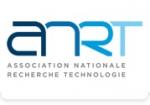 ANRT
ANRT  CASDEN
CASDEN  SUEZ
SUEZ  Laboratoire National de Métrologie et d'Essais - LNE
Laboratoire National de Métrologie et d'Essais - LNE  Institut de Radioprotection et de Sureté Nucléaire - IRSN - Siège
Institut de Radioprotection et de Sureté Nucléaire - IRSN - Siège  ONERA - The French Aerospace Lab
ONERA - The French Aerospace Lab  Généthon
Généthon  TotalEnergies
TotalEnergies  Aérocentre, Pôle d'excellence régional
Aérocentre, Pôle d'excellence régional  PhDOOC
PhDOOC  MabDesign
MabDesign
-
JobFixed-termRef. ABG125071KTH- Sweden
ERC-funded postdoc position on the detection of gas-phase organic radicals, KTH, Stockholm, Sweden
Chemistry - Physics - Engineering sciencesAny -
JobPermanentRef. ABG123642Laboratoire des Courses Hippiques (GIE LCH)- Ile-de-France - France

Chargé(e) de Recherche et Innovation (H/F) / Senior Scientist Research & Innovation (M/F)
Chemistry - BiochemistryConfirmed -
JobPermanentRef. ABG124941Corteria Pharmaceuticals- Ile-de-France - France

Jeune Docteur, Chercheur en Biologie Cellulaire & Moléculaire (H/F)
BiologyAny

